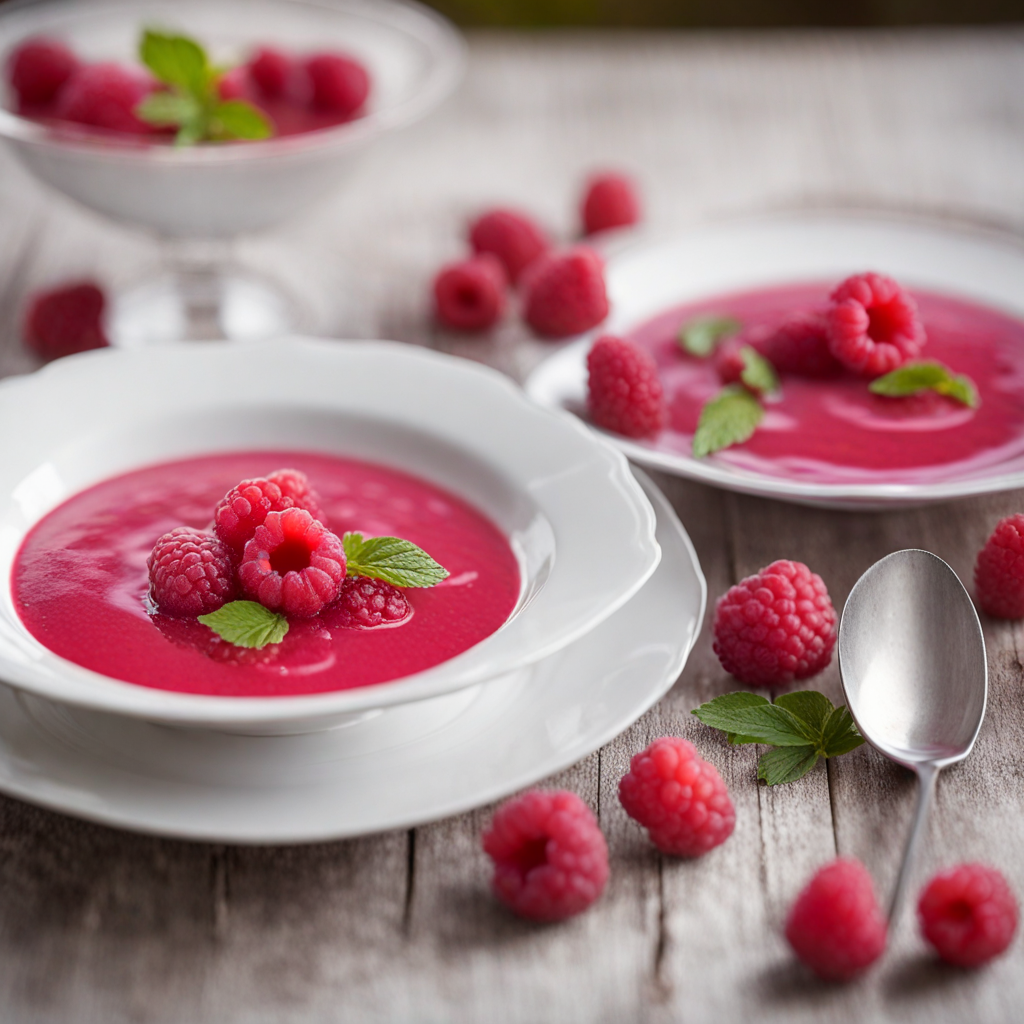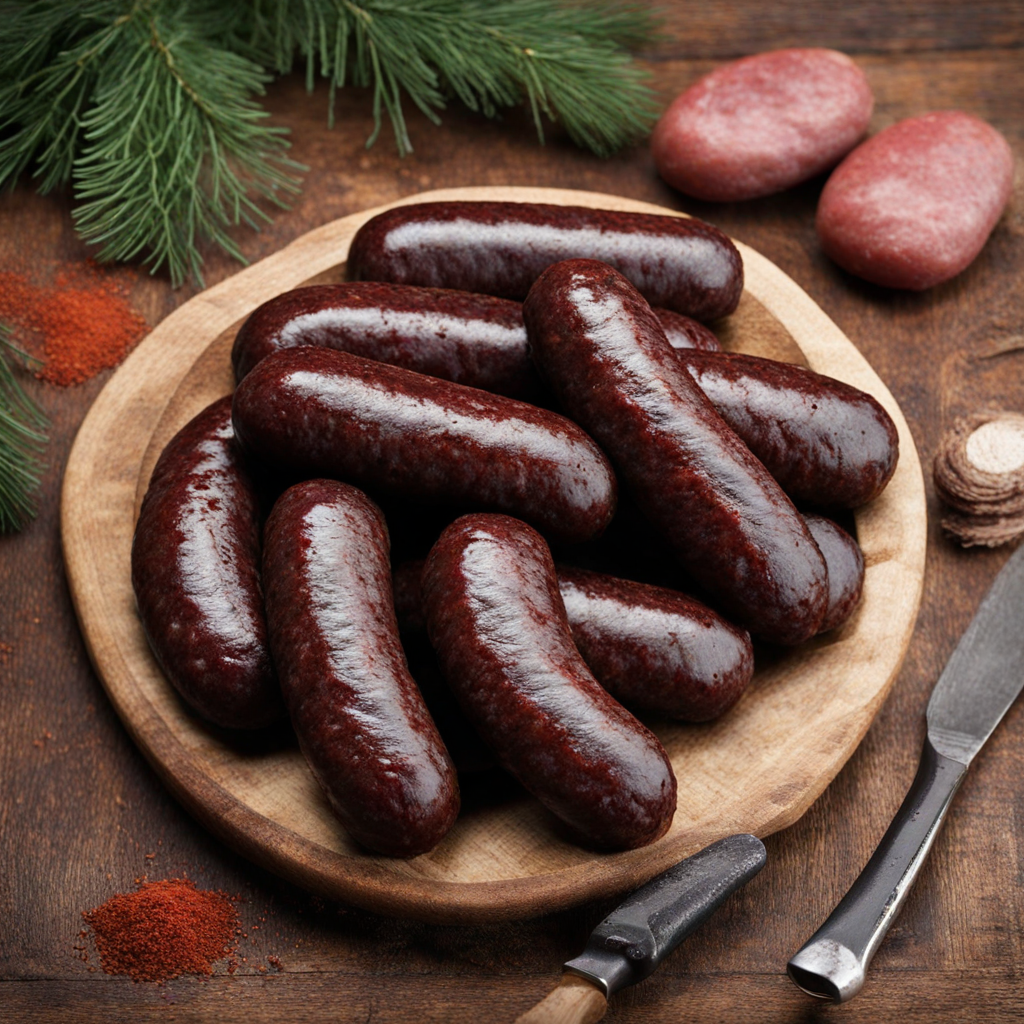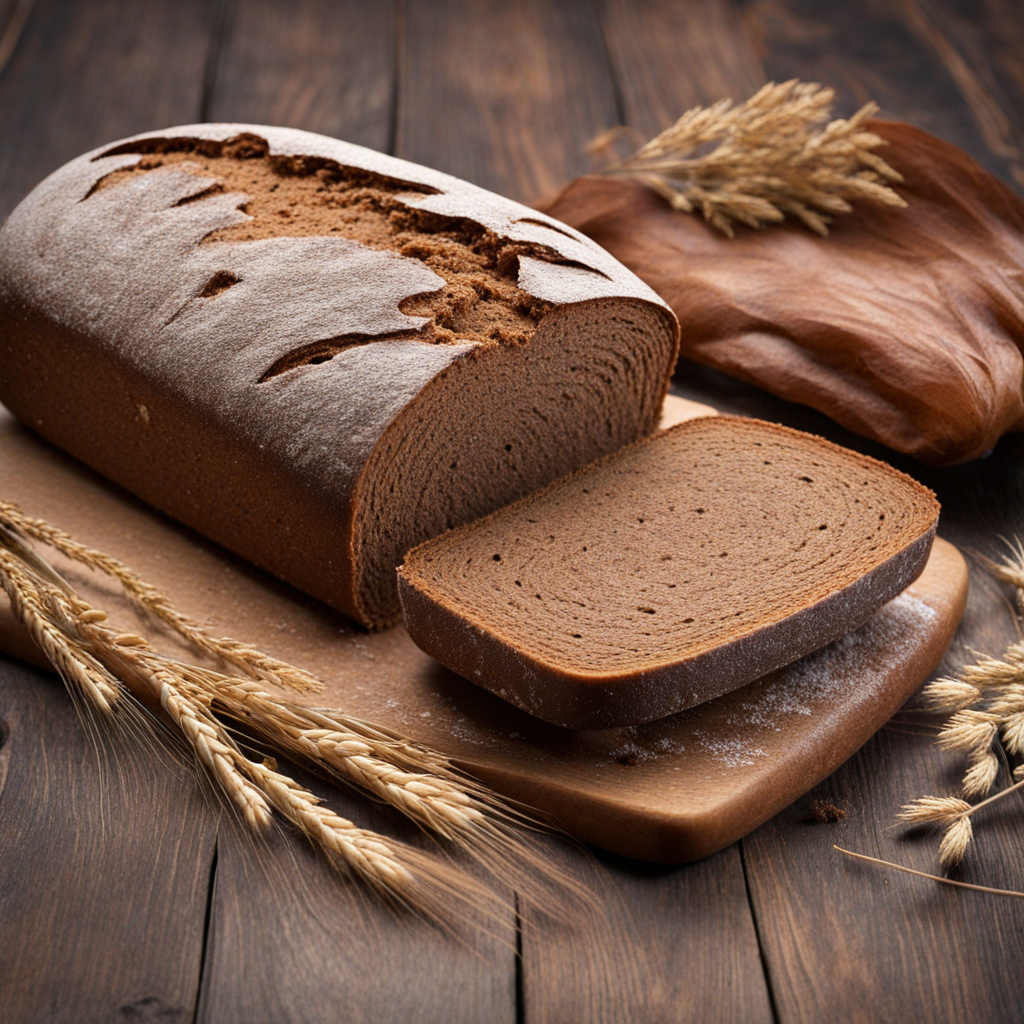Raspberry Soup
Raspberry Soup, a delightful dish from Latvia, is a refreshing and vibrant experience for the palate. This chilled soup is primarily made from ripe, juicy raspberries that are blended into a smooth puree, capturing the essence of summer in every spoonful. The sweetness of the raspberries is complemented by a touch of sugar or honey, enhancing their natural flavors while maintaining a balanced tartness that is both invigorating and satisfying. The deep red hue of the soup is visually striking, making it an enticing addition to any meal or a standalone treat on a warm day. To elevate the flavor profile, traditional recipes often incorporate a splash of lemon juice or a hint of vanilla, adding a layer of complexity that tantalizes the taste buds. The soup is typically served chilled, which makes it an ideal choice for a light dessert or a refreshing appetizer. Garnishes such as fresh mint leaves, dollops of whipped cream, or even a sprinkle of crushed nuts can enhance the presentation and provide an additional texture contrast, turning this simple dish into a gourmet experience. Raspberry Soup is not just a feast for the senses; it embodies the spirit of Latvian cuisine, which celebrates the use of fresh, locally-sourced ingredients. This dish is perfect for those looking to explore new flavors while enjoying the health benefits of berries. The simplicity of Raspberry Soup allows for endless variations, encouraging culinary creativity and inviting everyone to make it their own.
How It Became This Dish
Origin of Aveņu Zupa Aveņu zupa, or raspberry soup, is a traditional Latvian dish that captures the essence of Latvia's natural bounty and agricultural heritage. The dish likely has its roots in the rural traditions of the country, where fresh fruits, particularly berries, are a staple of the diet. Latvia's temperate climate and fertile soil provide an ideal environment for growing a variety of berries, including raspberries, which are celebrated for their sweet and tangy flavor. The soup is typically made using fresh raspberries, water, sugar, and sometimes a splash of lemon juice or a touch of cream, reflecting the simplicity and freshness of local ingredients. Historically, Latvia has a strong tradition of foraging and utilizing wild fruits, and raspberries are among the most cherished. The seasonal nature of berry harvesting means that Aveņu zupa is often prepared during the summer months when raspberries are abundant. The soup serves not only as a refreshing dish but also as a way to preserve the flavors of the season, allowing families to enjoy the taste of summer even in the colder months. \n\n Cultural Significance Within Latvian culture, Aveņu zupa is more than just a dish; it embodies the connection between people and the land. Traditionally, it has been served during festive occasions, family gatherings, and special celebrations. The act of preparing and enjoying this soup often brings together communities and families, fostering a sense of togetherness and shared heritage. In Latvian folklore and traditions, berries hold special significance, symbolizing abundance and prosperity. Aveņu zupa is often associated with midsummer celebrations, where it is served alongside other traditional dishes. The bright red color of the soup is seen as a representation of life and vitality, making it a fitting dish for joyous occasions. Furthermore, the preparation of Aveņu zupa can be a communal activity, with family members gathering to pick fresh raspberries, highlighting the importance of collaboration and shared experiences. \n\n Development Over Time As Latvia underwent significant historical changes, from the impact of foreign occupations to the independence movement, the culinary landscape also evolved. However, traditional dishes like Aveņu zupa have remained resilient, adapting to modern tastes while retaining their cultural essence. In contemporary Latvia, Aveņu zupa is often featured in restaurants that emphasize traditional cuisine, showcasing the dish to both locals and tourists. Chefs may experiment with the recipe, incorporating modern culinary techniques or pairing it with innovative garnishes, but the core flavors remain rooted in tradition. The rise of the farm-to-table movement and increased interest in local and sustainable food sources have further revitalized the appreciation for dishes like Aveņu zupa. Many Latvians are now more inclined to source ingredients from local farmers' markets, ensuring that the raspberries used in their soup are fresh and organic. This emphasis on quality ingredients not only enhances the flavor of the dish but also strengthens the connection between the community and the land. \n\n Modern Interpretations In recent years, Aveņu zupa has transcended its traditional boundaries and found its place in modern culinary practices. While the classic version remains popular, chefs have begun to play with the concept of raspberry soup, creating variations that incorporate other elements. For instance, some recipes include herbs like mint or basil to add a refreshing twist, while others might introduce spices such as ginger or cinnamon for an unexpected depth of flavor. Additionally, the soup is sometimes served in a more sophisticated manner, perhaps as part of a multi-course meal, paired with gourmet cheeses or as a component of a dessert plate. This evolution reflects a broader trend in Latvian cuisine, where traditional dishes are being reimagined to fit contemporary dining experiences. The versatility of Aveņu zupa allows it to be enjoyed as a light appetizer, a refreshing dessert, or even a component in a more complex dish, appealing to a diverse range of palates. \n\n Seasonal and Regional Variations While Aveņu zupa is widely recognized across Latvia, regional variations exist that reflect local customs and preferences. In some areas, the soup might be thickened with a starch or served with dumplings made from potato or flour, adding a heartiness that contrasts with the lightness of the traditional version. In coastal regions, it is not uncommon to find raspberry soup served alongside local fish dishes, highlighting the diverse culinary influences that shape Latvian cuisine. The seasonal aspects of Aveņu zupa also play a crucial role in its variations. During raspberry season, households may prepare the soup frequently, experimenting with different levels of sweetness, acidity, and presentation. In the fall, when raspberries are no longer in season, some families may opt to use frozen raspberries or even preserve the soup for later enjoyment, ensuring that the flavors of summer can be savored throughout the year. \n\n Conclusion Aveņu zupa stands as a testament to Latvia's rich culinary heritage, serving as both a beloved traditional dish and a canvas for modern culinary creativity. Its origins in the agricultural practices of the Latvian countryside and its cultural significance in fostering community bonds illustrate the importance of food in shaping identity and tradition. As Latvia continues to evolve, Aveņu zupa remains a cherished symbol of the country's connection to nature and the changing seasons, embodying the flavors of both the past and the present. The dish not only nourishes the body but also nourishes the soul, reminding us of the simple joys found in the act of sharing food with others.
You may like
Discover local flavors from Latvia







